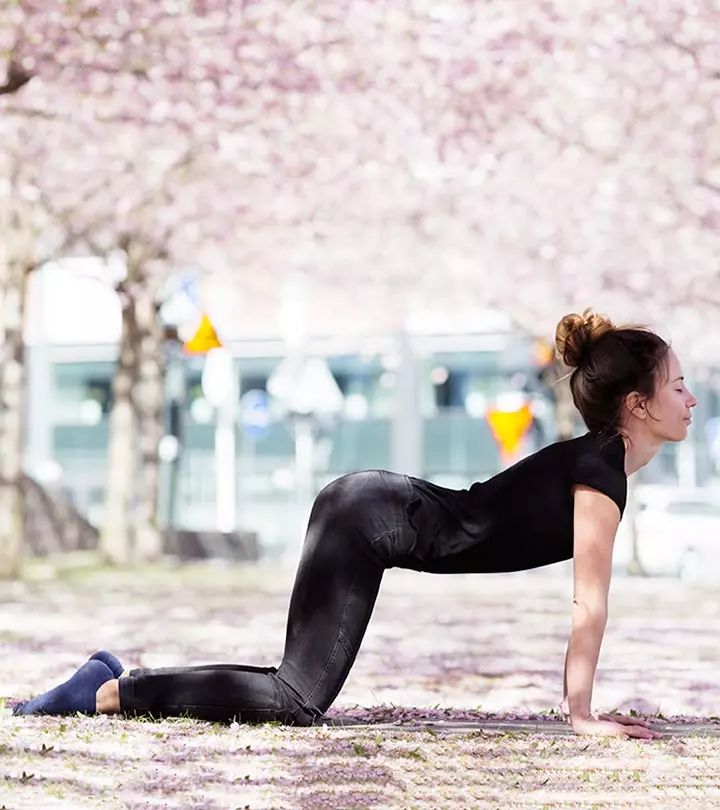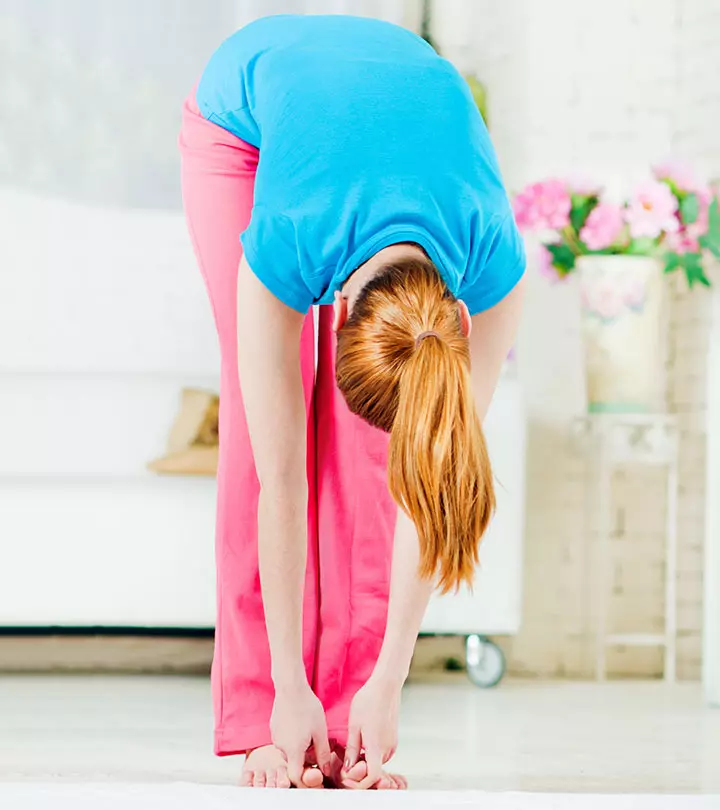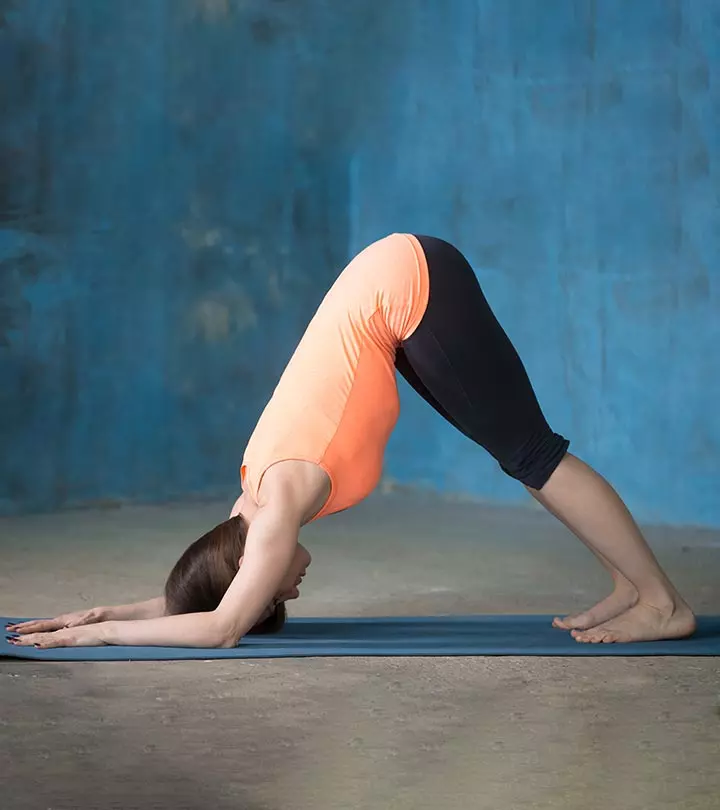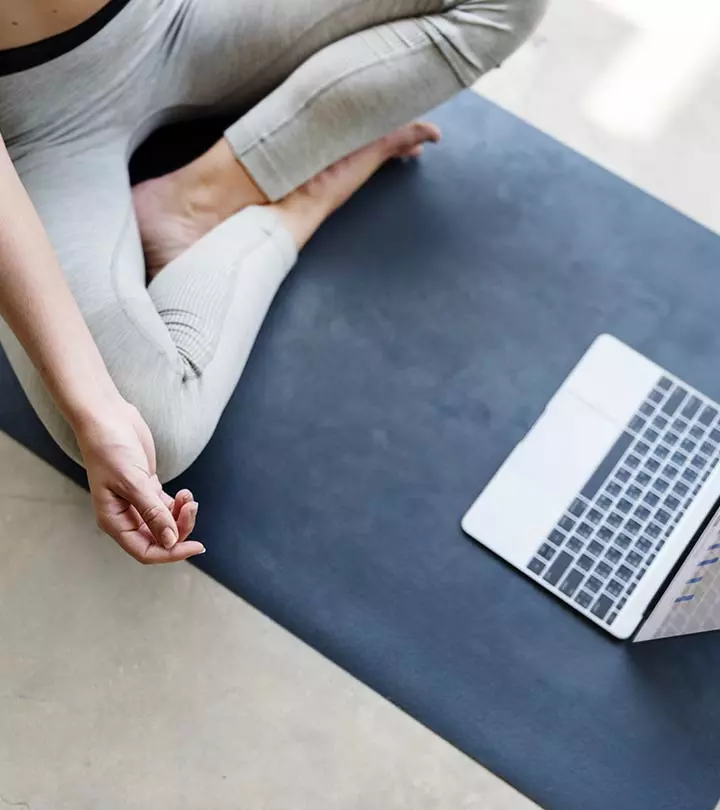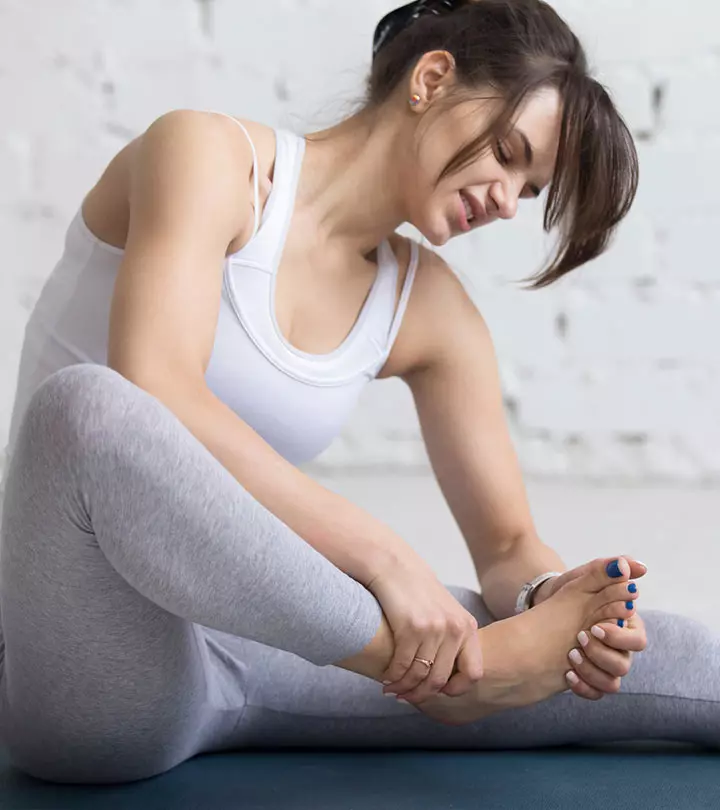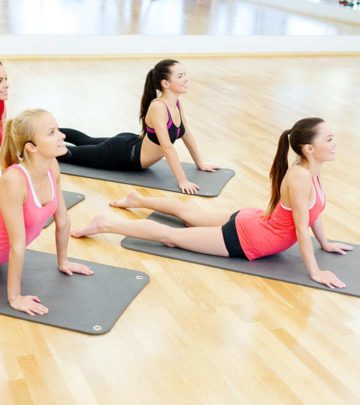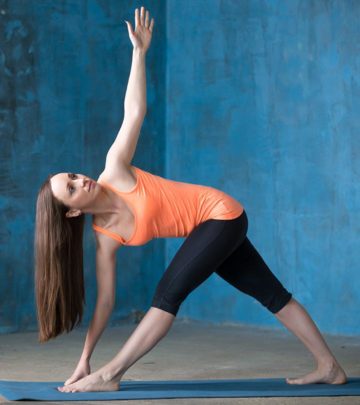4 Steps To Use Mala Beads For Meditation
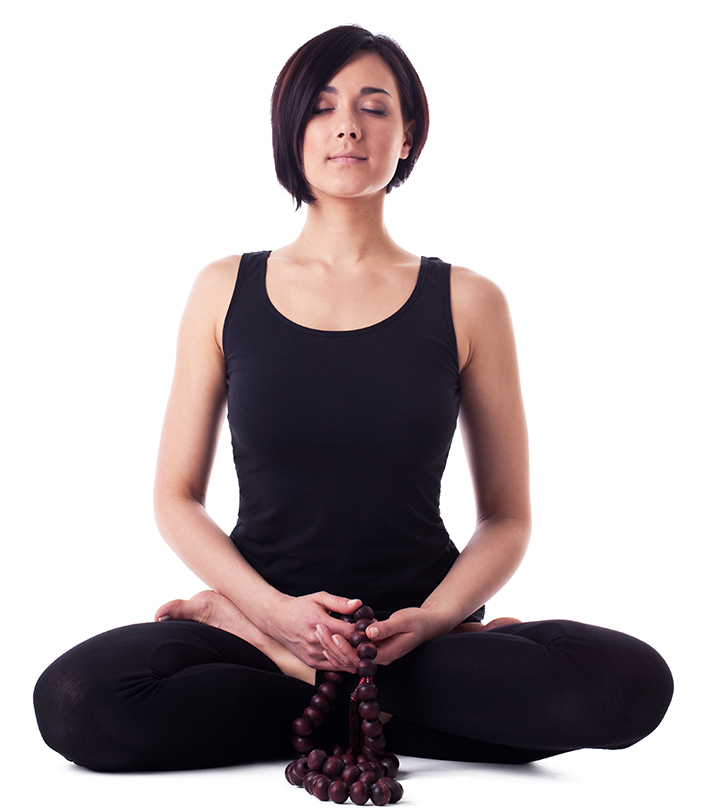
Image: Source: Shutterstock
Do you meditate regularly? If yes, then you are certainly doing the right thing for your body and mind.
But have you ever tried mala beads as your meditation aid? No? Well, meditation mala has been used since ages in both Hinduism and Buddhism. To know more about this simple, yet effective tool of meditation, go through rest of the post:
What Are Meditation Mala Beads?
The Meditation Mala is also known as ‘Mala Beads’. It is a simple string of ‘beads’ made up of rudraksh seeds, basil (tulsi) wood, bodhi seeds, sandalwood, crystal, gemstone etc. Each of them influences the mind of the user subtly.
The most common meditation malas comprise 108 beads with a ‘summit bead’ named ‘sumeru’. The meditation mala can be of 27 or 21 beads, which you can use for shorter meditation practices. The mala is basically used as a meditation accessory to keep count and focus on the practice as it can absorb the ‘vibrations’ of the ‘mantras’ that are uttered during the process.
What Do The Mala Beads Signify In Meditation?
One thing that intrigues people is the number 108. What does this number signify? There are numerous reasons behind using this sacred number. However, we will talk about the most common ones here:
- The number 108 is considered as a ‘Harshad’ (which means ‘great joy’ in Sanskrit) number as it is an integer that can be divided exactly by the total sum of its individual digits.
- There are 108 energy lines in our body that converge to create the intersection of the ‘Heart Chakra’.
- It is believed that attaining optimal peace and tranquility through meditation means taking only 108 breaths a day, which is one of the best ways of self-enlightenment.
- Our subtle human body is defined by 108 points, which are called the ‘marmas’ or energy intersections of 3 lines. Basically, our body consists of 54 such marmas and each of them has two forms – ‘shiva’ (masculine form) and ‘shakti’ (feminine form), thereby having a total of (54 X 2) = 108 points.
[ Read: Mahamudra Meditation and Its Benefits ]
How To Use Mala Beads For Meditation?
Mala beads are used for counting the mantras during meditation. This is an extremely simple and easy method. Here are the steps that you need to follow:
- Start with identifying your meditation goal and picking your ‘mantra’ (word or phrase of affirmation) accordingly.
- Choose a quiet and comfortable place to practice meditation. Sit straight on the floor with your legs crossed and eyes closed. Take deep breaths while uttering your selected mantra and focusing on it completely.
- Hold the meditation mala in your right hand in such a way that its first bead lies in between your thumb and the ring finger. You have to put the thumb on the ‘sumeru’ (summit bead) while reciting the mantra and push the beads one by one in order to go all the way around the mala through a single rotation. Stop once you finish the whole loop and reach the sumeru again.
- You should never pass the sumeru over. If you wish to repeat your practice, simply go reverse by turning the mala around. Also, never let your index finger get in touch with the mala as it symbolises our ‘ego’ and is not advisable to hold the sacred beads.
[ Read: Ancient Mantras That Will Transform Your Life ]
Why To Use Mala Beads For Meditation?
Now, let us take a quick look at the benefits of using mala beads for meditation practice. Being a wonderful accessory in meditation, it can help us in the following ways:
- It calms and conditions the body, mind and spirit by driving all sorts of distractions and fantasies away.
- It enlightens our psyche and works as the perfect gateway to our superior inner selves.
- It improves our attention during the meditation practice, which eventually makes us more focused.
So, if you want to get the most out of your meditation routine, include mala beads in it.
Do you use any kind of accessory during meditation? Share with us in the comments section.
Recommended Articles:
- 5 Amazing Benefits Of Flute Music For Meditation
- 10 Wonderful Benefits Of Meditation
- 10 Amazing Benefits Of Listening To Music During Meditation


